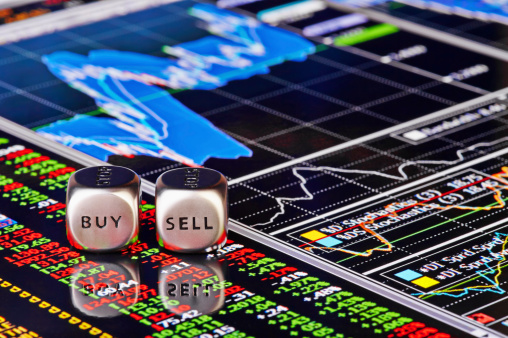Investing
High-Yield Approaching Dangerous Levels, Will the Sell-Off Continue?
Published:
The world of high-yield bonds and high-yield products has been rocked in 2014 due to several defining factors. 24/7 Wall St. has been looking at various Wall Street research reports covering high-yield as an asset class in order to see whether investors should be looking for cover or if they should be looking for opportunities. The answer may be a combination of both.
The top issue is of course a rising interest rate environment, with the Federal Reserve set to raise rates in 2015. Another issue is the decline of emerging markets, led by geopolitical risks and weakness in Europe and parts of Asia. Another risk is the zany supply in the sector that took place with billions upon billions of junk bond offerings in the past two years — and the low yields that the market was willing to accept.
Credit Suisse has issued a report out of its Global Equity Strategy by Andrew Garthwaite. His take is that high-yield is getting close to dangerous levels — but he also does not think that the sell-off will continue.
Credit Suisse thinks we might be getting close to dangerous levels in the high-yield spread. Historically, a widening in U.S. high-yield spreads has preceded an equity market correction, and typically this degree of sell-off in high-yield has led an equity market correction by around three months.
ALSO READ: The Best and Worst Performing Dow Stocks in 2014
Considering historical data, the high-yield spread widening is becoming worrisome. However, Credit Suisse does not believe high-yield will sell off meaningfully from here because credit derivatives have not sold off as much as credit spreads. Exchange traded fund flow data suggests that outflows so far have been limited, unlike during the July sell-off.
At the same time, the sell-off in high-yield has been more acute in the United States than Europe. Moody’s actual and forecast default rates are consistent with current spreads in the United States, and with slightly lower spreads in Europe. Adjusting for the roll, then over a one-year period, Credit Suisse states that default rates would have to rise to their long run average to be worse off in high-yield than cash.
Considering, banks, insurance and autos are the most sensitive European sectors to credit spreads. Pharmaceuticals and food producers are the least sensitive.
Credit Suisse analyst Andrew Garthwaite asks who loses?
Logically, stocks with high financial leverage and low operational leverage suffer the most if spreads widen in conjunction with a positive US growth surprise (telecoms, regulated utilities and now tobacco), while technology is the big winner (high operational leverage and low financial leverage).
The following sub-investment grade companies with high financial leverage have outperformed since the trough in high yield spreads: Fiat, TI, Bank Inter and Finmeccanica (and if we loosen the credit rating criteria to BBB, then Swedish Match, Norsk Hydro and Delhaize can be added to the list). In the US, the same screen highlights Kinder Morgan, Liberty Global, Burger King.
ALSO READ: 8 Analyst Stocks Under $10 With Massive Upside Calls
Start by taking a quick retirement quiz from SmartAsset that will match you with up to 3 financial advisors that serve your area and beyond in 5 minutes, or less.
Each advisor has been vetted by SmartAsset and is held to a fiduciary standard to act in your best interests.
Here’s how it works:
1. Answer SmartAsset advisor match quiz
2. Review your pre-screened matches at your leisure. Check out the advisors’ profiles.
3. Speak with advisors at no cost to you. Have an introductory call on the phone or introduction in person and choose whom to work with in the future
Get started right here.
Thank you for reading! Have some feedback for us?
Contact the 24/7 Wall St. editorial team.